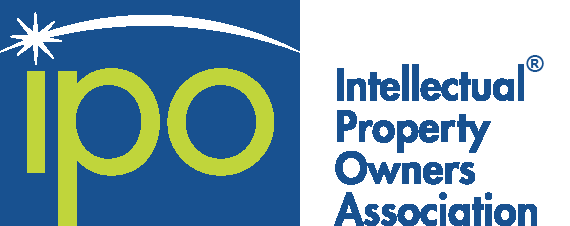Last year’s Supreme Court Lexmark decision poses a major problem for patent owners across many industries by dramatically broadening the scope of patent exhaustion. Apple’s pending litigation against Qualcomm underlines Lexmark’s impact because it challenges the chip maker’s business model for allegedly requiring customers to both purchase chips and take a patent license.
The IP world still awaits a significant Federal Circuit decision on exhaustion in the eight months since Lexmark. But many cases have been bubbling up from district courts, and companies would do well to examine these decisions and other fresh ideas that have been proposed to ameliorate Lexmark’s impact.
Our panel includes the Chief IP Counsel of a major drug company, an attorney with vast experience in licensing matters, and a litigator who won an exhaustion case for his defendant on summary judgment. They will discuss strategies and recent court cases that involve:
- Staking out the claim that a sale is not an “authorized sale” — Chrimar v. Alcatel Lucent and Sunoco v. U.S. Venture;
- Using claims of tortious interference under state law against competitors if they interfere with the patent owner’s contracts with purchasers;
- Obtaining patent protection on each component of a system, as well as on the system as a whole; and
- Obtaining separate patents on an inventions’ different methods of use.
Speakers:
- Jorge Goldstein, Sterne, Kessler, Goldstein & Fox PLLC
- Brian Kacedon, Finnegan, Henderson, Farabow, Garrett & Dunner LLP
- William Krovatin, Merck & Co., Inc.

